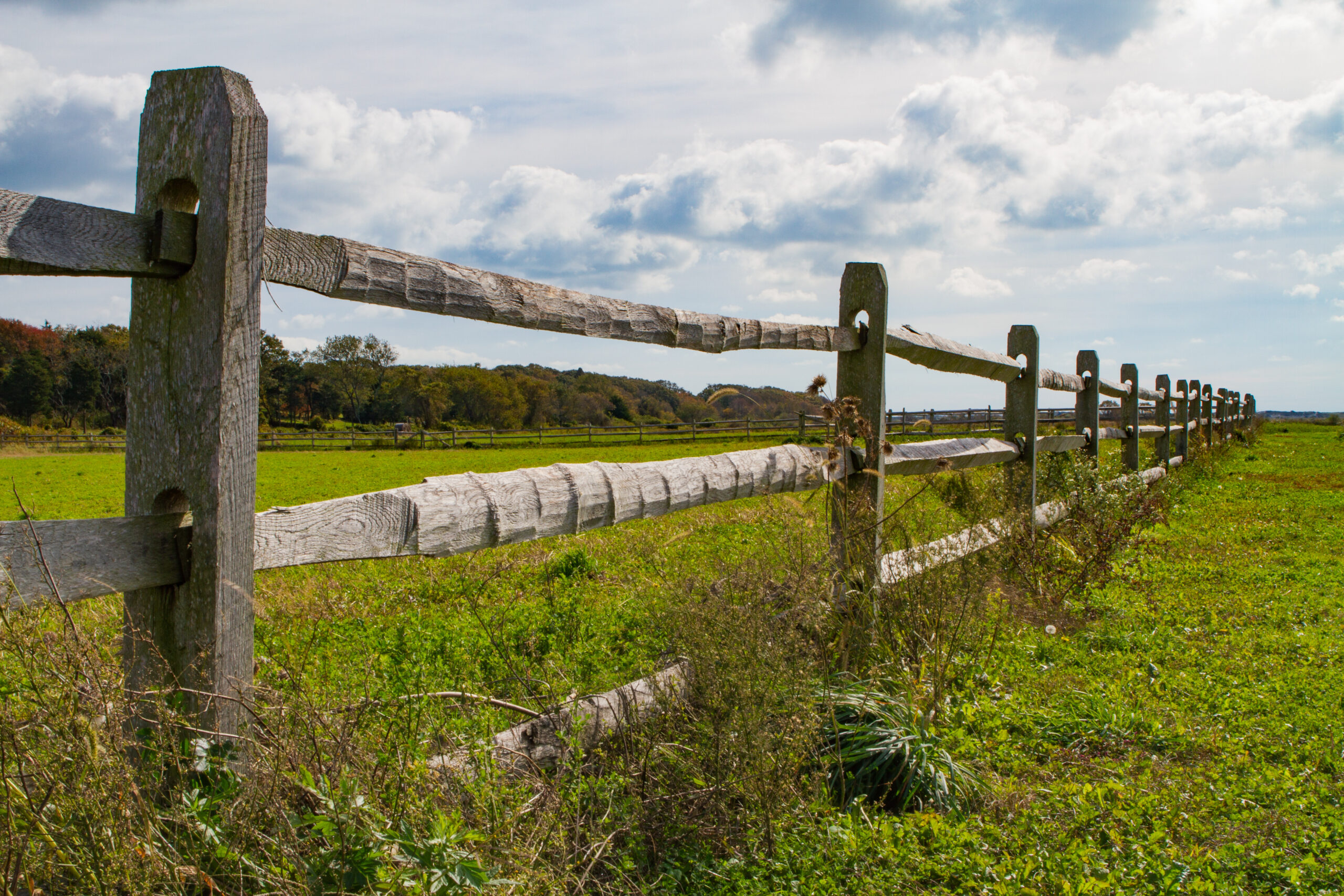
In the real estate game, and perhaps the business world in general, you have probably heard it said often, “Location, location, location.” In the relational world, the answer to most questions is, “Boundaries, boundaries, boundaries.”
What is a Boundary?
A boundary separates things, like a fence. A fence in a pasture separates the horses on one side and the cows on the other. While that fence keeps the animals on their proper side, I could still crawl through the fence, water can flow under it and air can go through it. A boundary should be semi-permeable, where some things get through and some things do not. But you decide.
Walls, though, are not boundaries. Some like to use the words ‘boundaries’ and ‘walls’ interchangeably, however they are very different tools. If boundaries are like a fence, walls are like a brick wall. Nothing gets through; not me, air, or even words. Walls prevent, or isolate, relationships, whereas healthy boundaries facilitate healthy relationships.
You cannot have a healthy relationship without boundaries.
Sometimes walls are appropriate. In the case where someone has been violent towards you, a wall is appropriate. Limited or no communication or interaction with that person makes sense.
It is easy to think that we want to employ a certain boundary to stop others from doing something we don’t like. But that’s control. Boundaries are about self-control, not controlling others. Oftentimes, when first learning about boundaries, people might say to someone, “Hey, you can’t do that. I have a boundary about that!” Well, that is not a boundary. That is being controlling, or at least attempting to control the other person.
Boundaries act as a line in the sand that, when crossed, sends up a flare alerting you that someone has done something you prefer not to be around and therefore might want to respond. You have many options, however most of the time it may be to just move yourself.
Remember, self-control, not controlling others.
The four most important types of boundaries
There are too many actual boundaries to count. They are unique to each individual person. However, we can categorize them into the four most important types of boundaries: Protection, Containment, Thinking, and Responsibility.
Protection Boundaries (physical)
This is the most common boundary you have probably heard about. It is that two-foot bubble of space we all like to have, about an arm’s length around us. This boundary governs what you allow others to do to you, how they talk to you, treat you, touch you, and generally interact with and around you.
If you are outside a place of business and someone lights up a cigarette next to you (illegal within 25 feet of the entry of a business in some places), and you have a cigarette smoke boundary (you don’t want to be around cigarette smoke), what can you do? You have several options: 1) grab it, throw it on the ground and stomp on it, but I imagine that will provoke a significant response from the other person, 2) ask them to put it out or move while reminding them of the law, or 3) say nothing and move yourself. Since you cannot demand that the other person stop smoking, a boundary of protection compels you to vote with your feet and leave the area. You are protecting yourself without controlling others.
Containment Boundaries (emotional)
Containment boundaries are a millimeter outside your skin, and it governs your emotional expressions and not taking them out on people who don’t deserve it. You do not have the right to spew your emotional stuff onto others.
A parent comes home after a bad day at work. When their child squeals with excitement, drops something, or argues with a sibling (things that children always do), the parent loses it and starts yelling at the child. That is a loss of a containment boundary, and the parent is now taking out their bad day emotions on the child. The child doesn’t deserve to have the parent spew their emotional stuff all over them.
After using these definitions for many years, Containment boundaries are generally acknowledged as one of the hardest ones to master.
Thinking Boundaries (thoughts/beliefs)
Thinking boundaries govern what you allow yourself to think. This takes a lot of awareness. So, if you catch yourself on a thought trail that you know always leads you to a bad place, do you do anything to get yourself off of it? Anything, distraction, “what are we having for dinner?” or “where is my dog?”
When you exercise self-control over your own thinking, you recognize where your thinking is and decide if you want to be thinking that way or not. One ex-client called this “Walking the dog.”
Responsibility Boundaries (relational)
A responsibility boundary helps me understand where my responsibility ends, and someone else’s begins. We live in a society that encourages us to abandon responsibility and make it everyone else’s fault for the things that happen in our life.
Are you responsible for something you cannot control? No. So how are you responsible for how another person chooses to feel, or think, or act? Yet, our society encourages this. Now if you do something that harms, injures, or negatively impacts another person, you are responsible to fix it or make up for it. But you are not responsible for their choices, only yours.
We are not born with a working knowledge of boundaries. They must be taught to us by our first family, good, bad, or ugly. If they are not taught to a growing child, then that person will likely be entitled, grow into an adult with either poor boundary management or no boundaries at all. Poor boundary management makes them vulnerable, whereas a lack of boundaries makes them a target for manipulation. Either dysfunctional state can produce significant negative behaviors, such as a lack of good judgment when it comes to sharing information, boundary-less or dangerous behavior around peers, not understanding or denying what one is responsible for, and certainly being vulnerable to all kinds of relational manipulation.
Suggested Reading
Boundaries by Henry Cloud & John Townsend is the best book out there that addresses the subject of boundaries. Make sure to get the newer version as it addresses technology boundaries, which were not an issue when the book was first published.
Boundaries take a lot of practice, especially if you’re not used to having them or using them. And you will likely need to talk through your experiences in using them with someone who knows more about boundaries than yourself. It may feel weird and uncomfortable in the beginning, and you might even lose some friends in the process (they were probably using you anyway).
But I can promise you this; boundaries are worth it.
- Stop Lying To Yourself - April 9, 2024
- Trauma: Two Significant Brain Changes - March 26, 2024
- Carried Emotions - March 12, 2024
